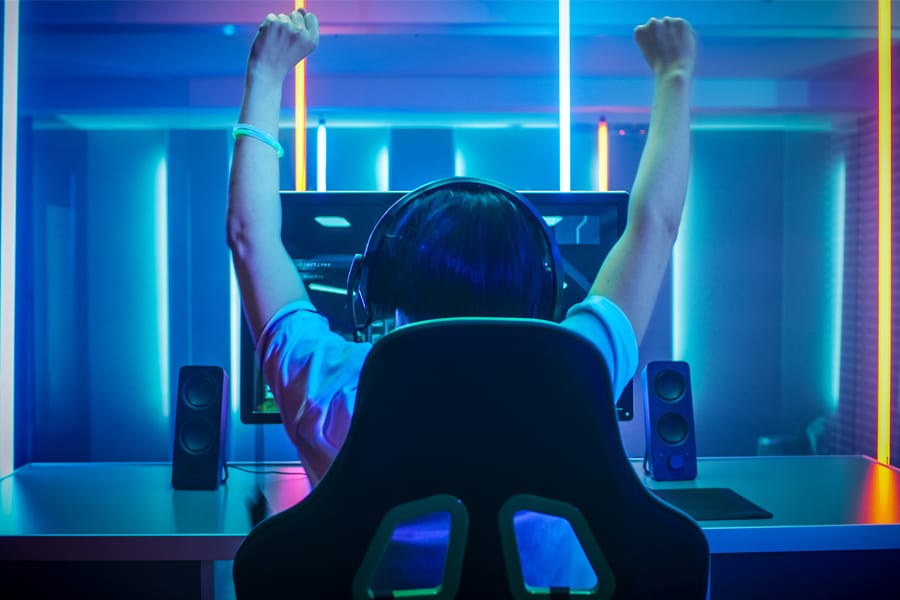
From window shoppers to hardcore gamers, Indian users are ready to spend on gaming
As gaming grows in India, users are opening up to the idea of spending money on games for better experiences
 New players and players who have just started spending on games are making micro transactions of as low as Rs10 while seasoned players are spending in lakhs. Image: Shutterstock
New players and players who have just started spending on games are making micro transactions of as low as Rs10 while seasoned players are spending in lakhs. Image: Shutterstock
Saanvi Anand spends her afternoons playing CandyCrushSaga and she’s currently at level 1700. It took her a year and a pandemic to get here. While she now knows the tricks of the game better, what has changed for her is the indulgences of ‘boosters’. Two years into the game and she has graduated from being a free player to someone who spends close to Rs100 a week for in-app booster purchases. Anand is not alone. Players in India are now open to paying for the games they play and increase spends, pushing monetization scope for gaming brands across categories.
New players and players who have just started spending on games are making micro transactions of as low as Rs10 while seasoned players are spending in lakhs.
A low entry barrier on most of the platforms is boosting spending.
There are other reasons too. “The improved credibility of online gaming as an industry is a major contributing factor behind the increasing spending power of users. Also, the constant evolution in factors such as gamer types, demographics, income, and reason for playing a particular game, influence the spending power on gaming platforms,” says Sunil Yadav, CEO of homegrown one-point gaming destination, PlayerzPot.
According to Yadav, the government’s support to India’s AVGC (Animation, visual effects, gaming, and comic) sector during Union Budget 2022 is not just attracting investments but also helping the industry gain momentum and user trust. As per latest EY reports, the domestic market for online gaming is estimated to grow from US$906 million in 2019 to over US$2 billion in 2023 representing a CAGR of 22% approx.







